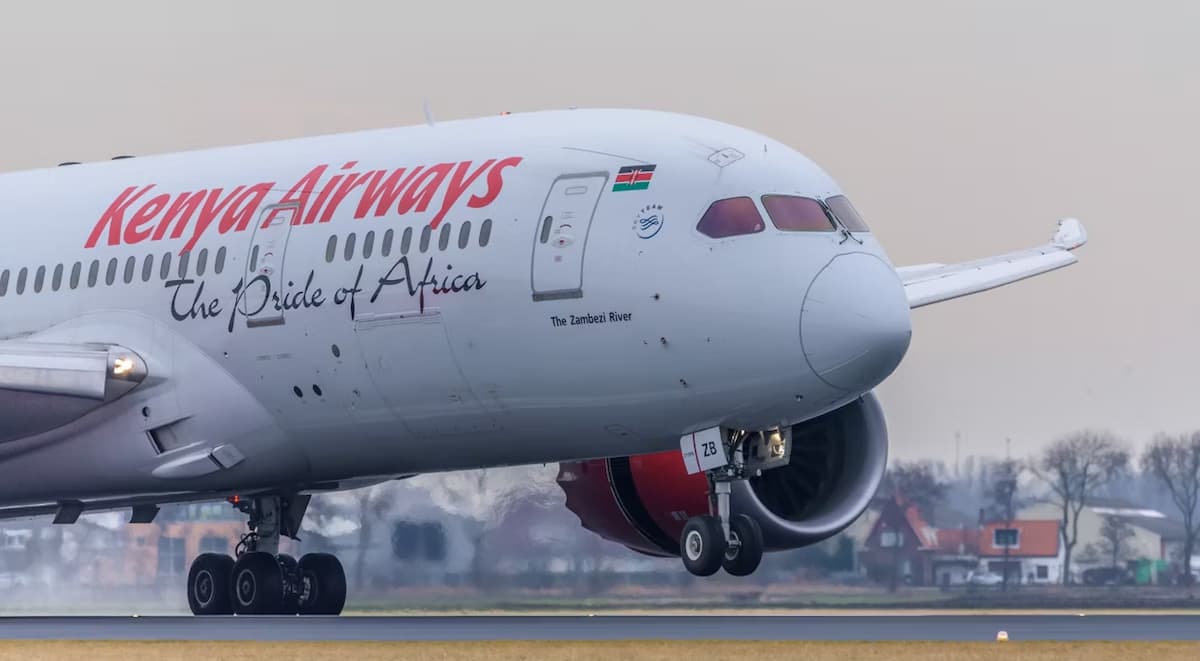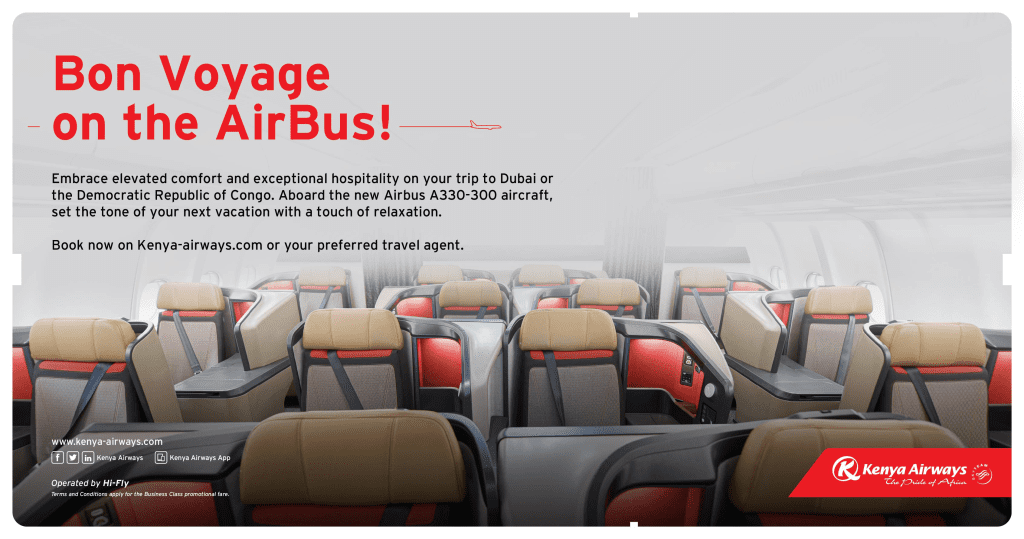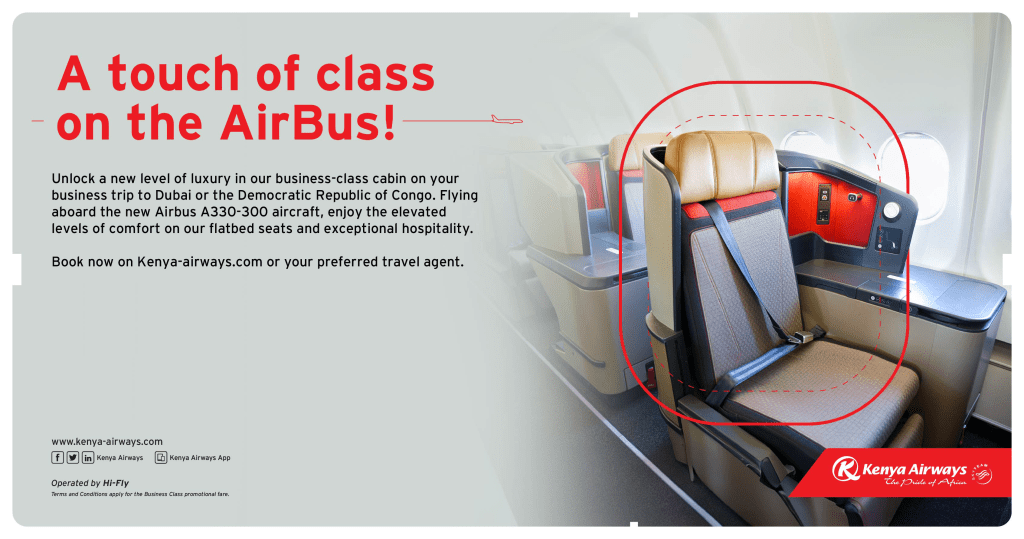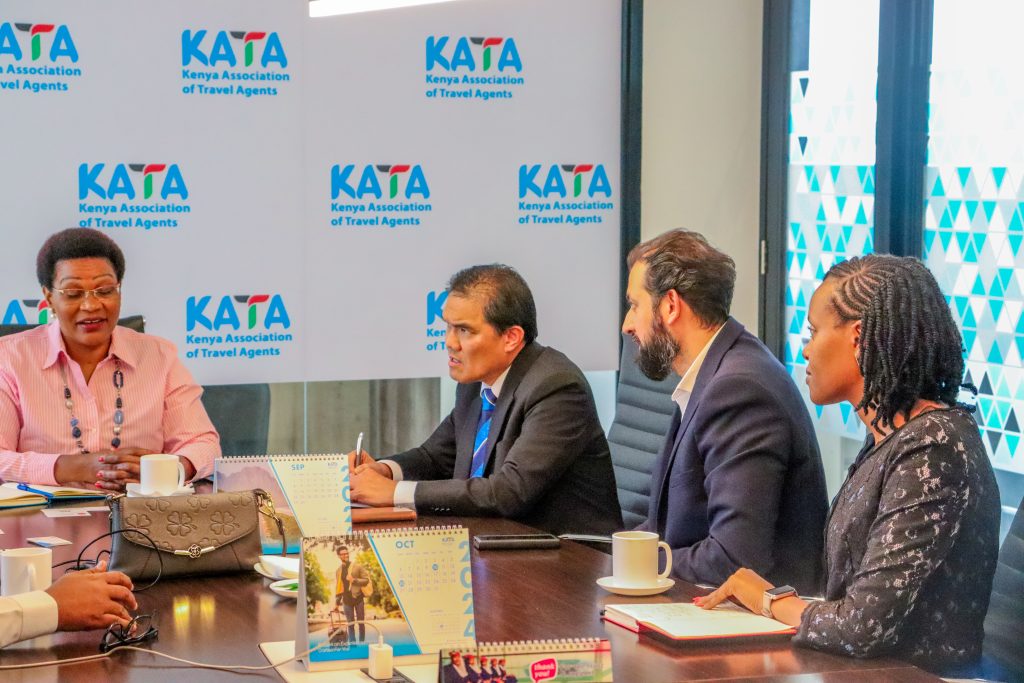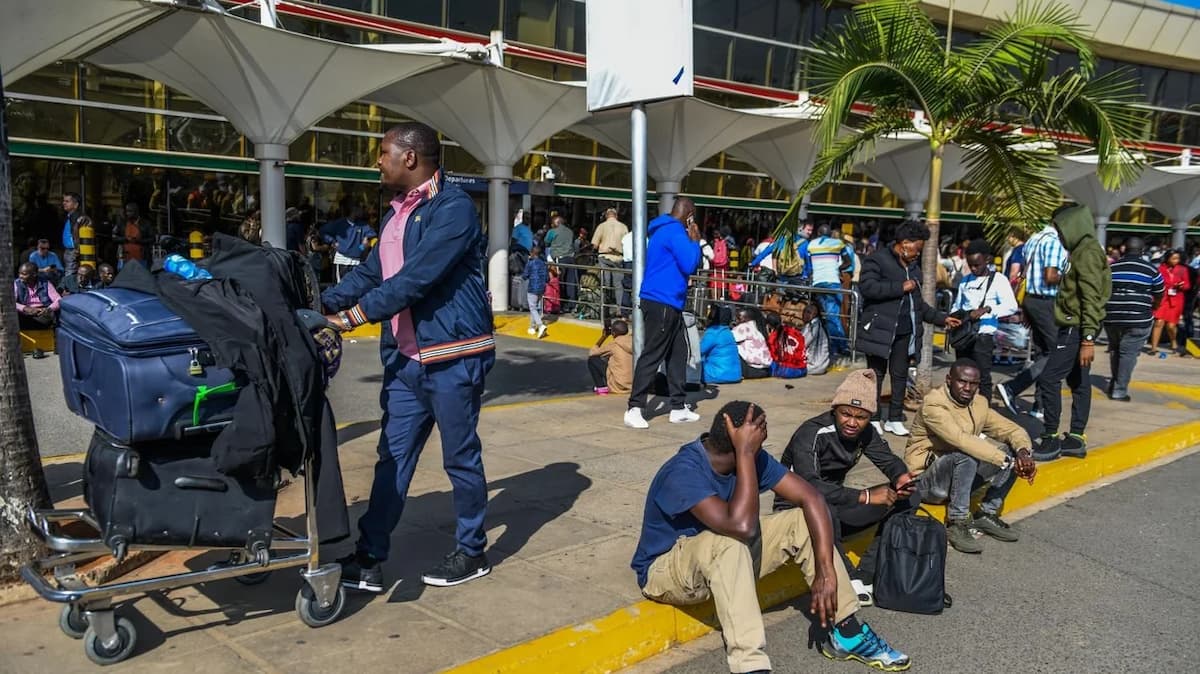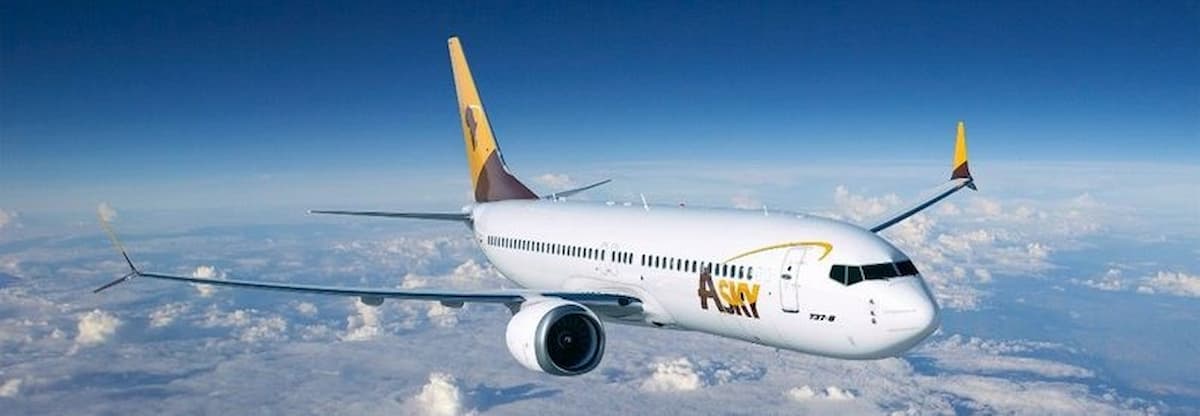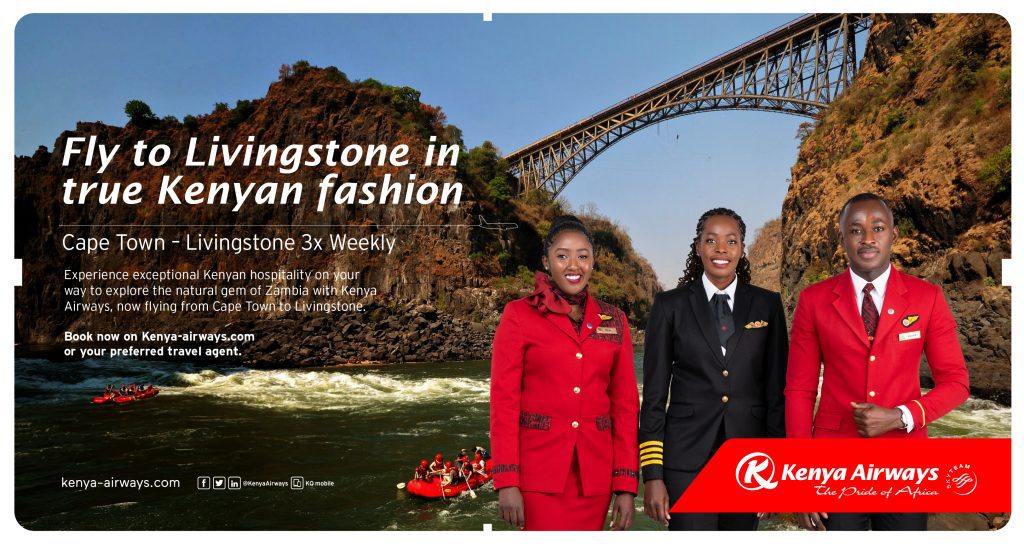NAIROBI, Kenya, Sep 18 – As we approach World Tourism Day, it’s an opportune moment to reflect on the role Travel Management Companies (TMCs) play in fostering justice and peace.


TMCs Roundtable at KATA Offices: Industry leaders tackle travel sector challenges, brainstorm innovative solutions/ Photo Credits: Bryan Obala
This year’s theme encourages a deep and thoughtful examination of tourism’s impact on various global issues.
For Kenya, a country renowned for its rich cultural heritage and natural beauty, this reflection is especially pertinent. As the Managing Director of Hemingways Travel, I am excited to explore how these organizations can drive positive change by addressing migration, social equity, climate justice, diplomacy, and cultural preservation.
Kenya’s tourism sector is a significant economic driver, but it also brings complex challenges.
The influx of visitors can impact local communities in various ways, necessitating a focus on equitable benefit distribution.
Travel agencies should prioritize supporting local businesses, fostering fair employment opportunities, and advocating for policies that safeguard vulnerable populations.
By promoting local engagement and ensuring that tourism revenues are channeled back into the communities that host travelers, they can help bridge the gap between tourists and residents, fostering a more inclusive and equitable tourism model.
Hemingways has been at the forefront of supporting rugby in Kenya and has partnered with some institutions in assisting less privileged members of the society in Kenya with food and basic commodities.
As a TMC we have been championing carbon emission reduction by ensuring our clients have adequate information of the carbon generated on all of their travel activities together with possible offset mechanisms.
Furthermore, addressing migration issues is critical. In Kenya, migration from rural to urban areas can strain infrastructure and resources.
TMCs can contribute to easing these pressures by developing tourism initiatives in less-visited regions, thereby distributing economic benefits more evenly and supporting rural development.
Encouraging travel to diverse destinations helps balance the influx of visitors and stimulates growth in underrepresented areas.
Climate change poses a significant threat to Kenya, with its impacts felt through extreme weather events and environmental degradation.
We play a crucial role in promoting sustainability within the tourism industry.
By advocating for and implementing eco-friendly practices, supporting conservation projects, and educating travelers about responsible behaviors, these entities can contribute to climate justice.
We must lead by example, incorporating green practices into our operations, such as reducing carbon footprints and supporting sustainable transportation options.
Collaborating with local conservation organizations to create eco-tourism experiences allows travelers to directly contribute to environmental protection.
By making sustainability a core aspect of our business, travel services can help set a benchmark for the industry and drive meaningful progress toward climate justice.
Furthermore, addressing migration issues is critical. In Kenya, migration from rural to urban areas can strain infrastructure and resources.
TMCs can contribute to easing these pressures by developing tourism initiatives in less-visited regions, thereby distributing economic benefits more evenly and supporting rural development.
Encouraging travel to diverse destinations helps balance the influx of visitors and stimulates growth in underrepresented areas.
Climate change poses a significant threat to Kenya, with its impacts felt through extreme weather events and environmental degradation.
We play a crucial role in promoting sustainability within the tourism industry.
By advocating for and implementing eco-friendly practices, supporting conservation projects, and educating travelers about responsible behaviors, these entities can contribute to climate justice.
We must lead by example, incorporating green practices into our operations, such as reducing carbon footprints and supporting sustainable transportation options.
Collaborating with local conservation organizations to create eco-tourism experiences allows travelers to directly contribute to environmental protection.
By making sustainability a core aspect of our business, travel services can help set a benchmark for the industry and drive meaningful progress toward climate justice.
Travel businesses have a key role in developing tourism that celebrates and preserves local traditions rather than commodifying them.
We should work closely with local communities to create tourism initiatives that highlight and protect their cultural heritage.
This includes supporting traditional festivals, crafts, and indigenous practices.
By promoting authentic experiences and educating travelers about the importance of cultural preservation, we can contribute positively to the safeguarding of Kenya’s cultural richness.
In anticipation of World Tourism Day, it is crucial for TMCs to reaffirm our commitment to justice and peace through the following actions:
Promote Inclusive Tourism: Ensure that tourism benefits are shared fairly among local communities. Support local enterprises, create equitable job opportunities, and advocate for inclusive policies.
Champion Sustainability: Adopt and promote eco-friendly practices across our operations. Encourage clients to choose sustainable travel options and engage in conservation efforts.
Foster Diplomacy: Use tourism as a platform for cultural exchange and international understanding.
Facilitate respectful and meaningful interactions between travelers and local communities.
Preserve Cultural Heritage: Collaborate with local communities to develop tourism that respects and celebrates their cultural heritage.
Educate travelers on the importance of cultural preservation.
As World Tourism Day approaches, let us embrace this opportunity to reflect on and enhance our role in promoting justice and peace.
By addressing migration, social equity, climate justice, diplomacy, and cultural preservation, travel management companies can lead the way in creating a tourism industry that benefits all stakeholders and contributes positively to Kenya and the broader global community.
Together, we can harness the power of tourism to foster a more just and peaceful world.
Hemingways Travel Managing Director, Joseph Kithitu
Source: Capital Fm.


